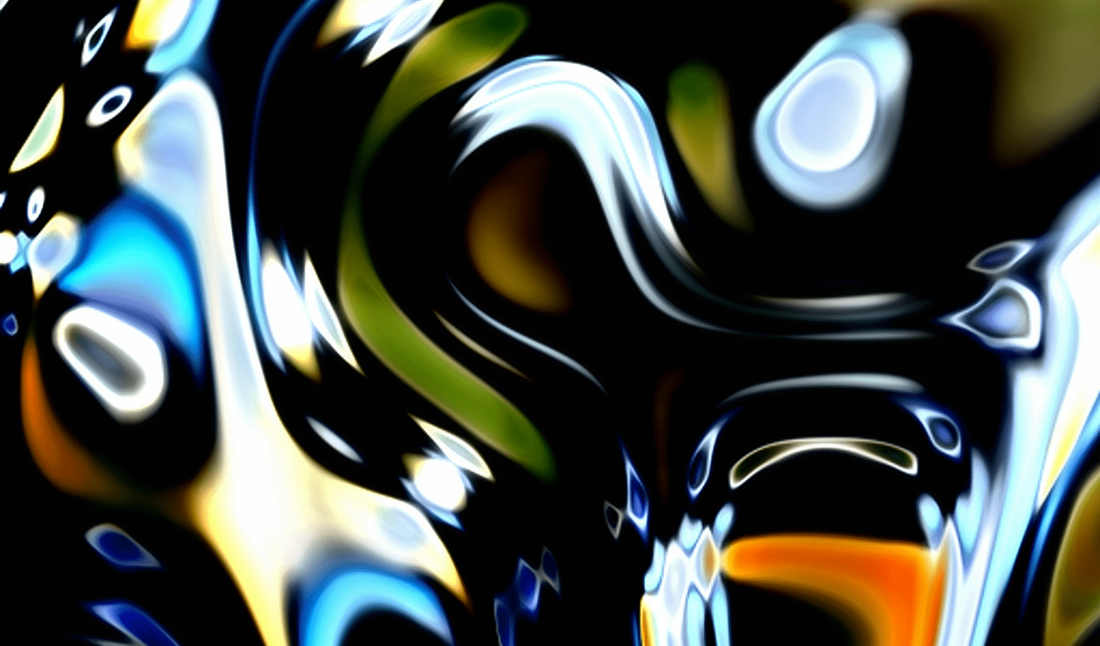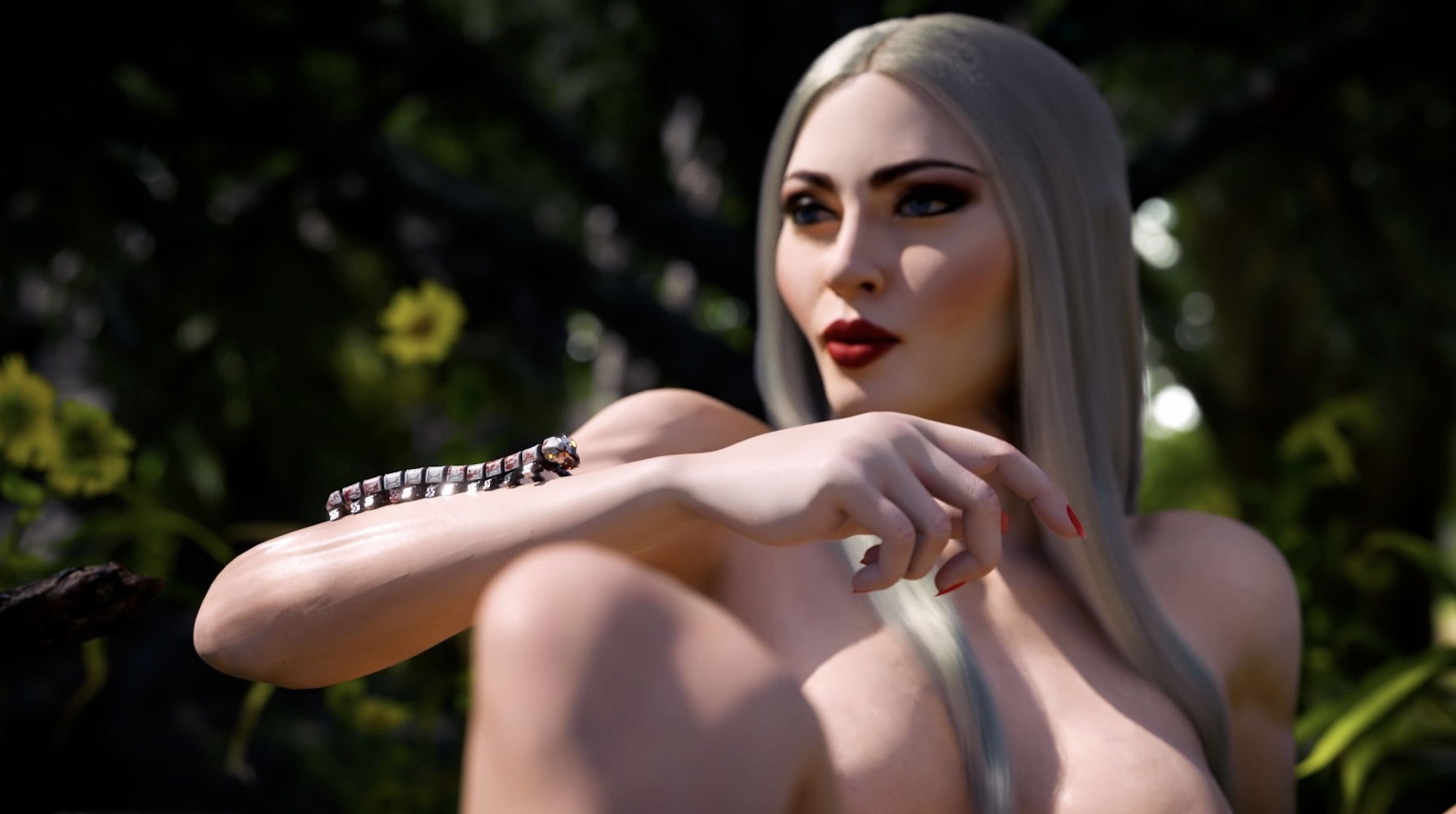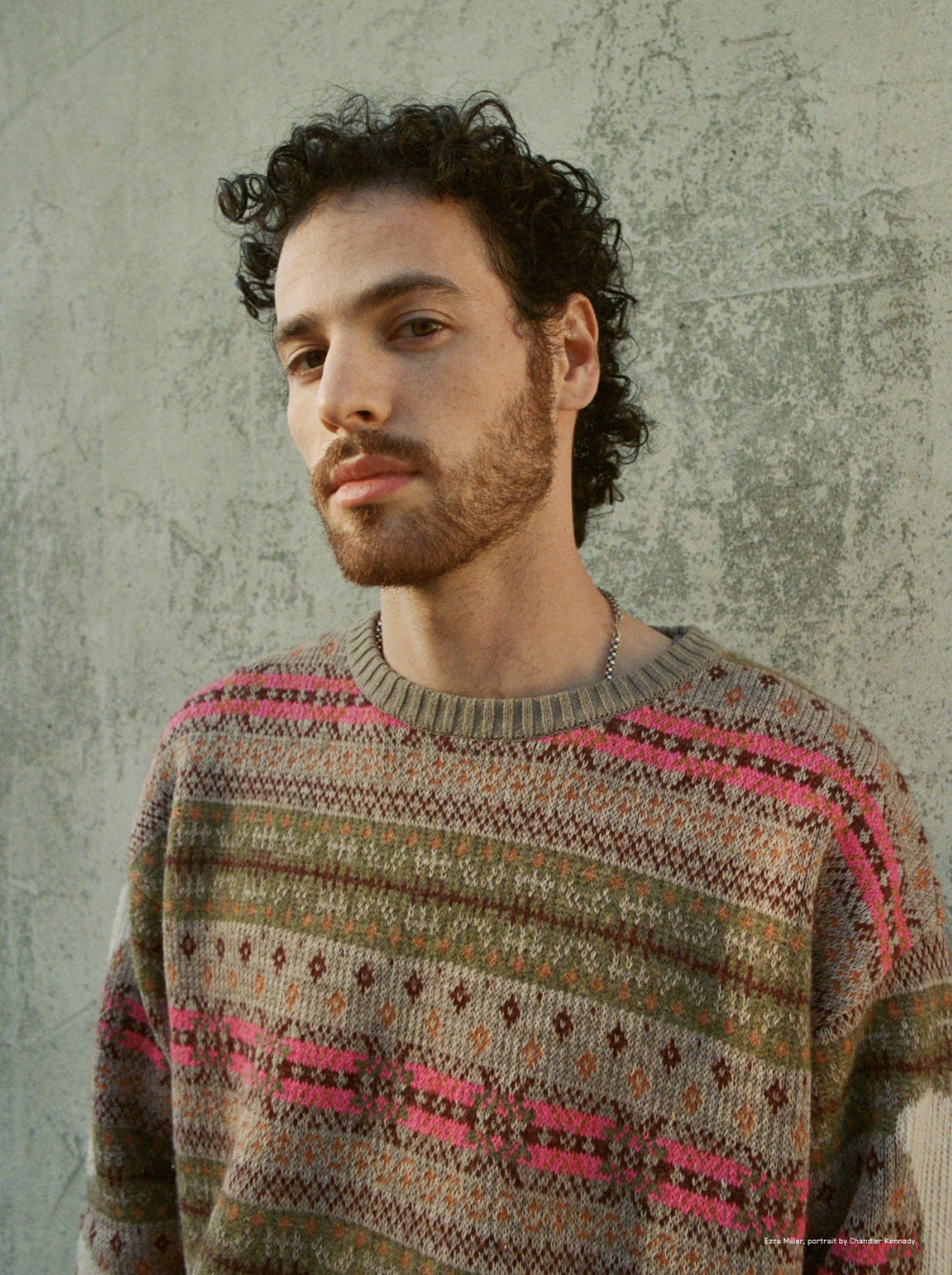This week, Agoria launched his latest NFT collection, “Centriole” on SuperRare. The works capture the infinite, mysterious, and galaxy-like innerworkings of brain cells. Created in collaboration with biologist Alice Meunier, a researcher with IBENS, CNRS, the moving images of centrioles—organelles in the cytoplasm near the nucleus of a cell—appear like dancing stars in space. In this project and others, the artist and musician proposes that biological generative art lives within us.
Known as the electronic music producer and DJ behind several albums and countless performances, Agoria has notably collaborated with artists like Philippe Parreno on installations at the Park Avenue Armory in New York and Tate Modern’s Turbine Hall in London. His creative practice exists at the intersection of art, music, and science, inspired by the possibility of AI, generative algorithms, web3, biological systems, and more. Other NFT projects like “Phytocene” with Phillips and “At the roots of plants” objkt were the results of dialogues and experiments with Nicolas Desprat, physicist and researcher at Paris University, revealing possible new understandings of how plant life communicates with its surroundings.
Whitewall spoke with Agoria about the seemingly disparate connection between technology and nature, and the proclivity to question artists and scientists share.
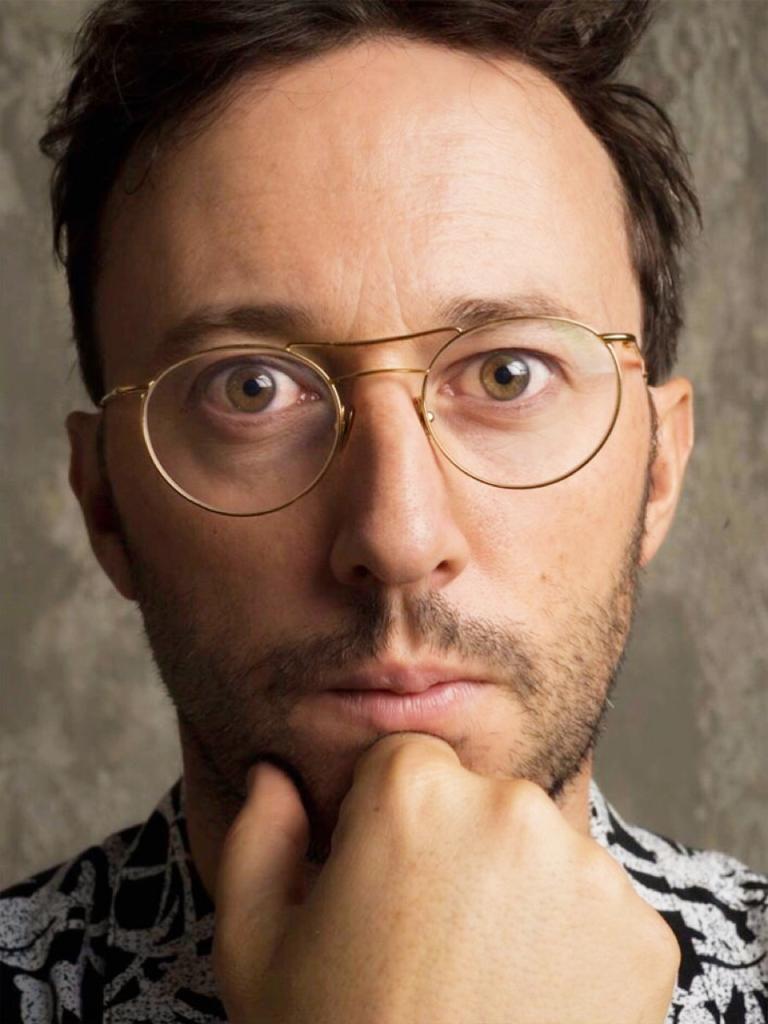 Portrait courtesy of Agoria.
Portrait courtesy of Agoria.
WHITEWALL: How did you start working with AI? Was it through music at first?
AGORIA: We tried six seven years ago to do a video with AI, but the quality was not good enough, so we didn’t present it as a video. A few months after, the Sónar Festival in Barcelona asked me to collaborate on a special project to send a song into space. It was a collaboration with Spain’s space program. I was thinking if I want to send something into space, what could be recognized? If there is one chance in billions of possibilities that extra-terrestrial intelligence gets this message, it had to be code and had to come through an algorithmic intelligence.
So, I worked with an AI and we sent, after 600,000 iterations or something, what we imagined could be like a language that would be understood.
WW: And you enjoyed it? You wanted to keep exploring?
A: Yes, of course! I’m still like a kid. I’m always playing with new toys, new ideas, and sometimes it works, sometimes it doesn’t work, that’s the process of an artist to try and try.
WW: Last year with Obvious you worked on a project that used AI as well, “What if the earth turned faster.” What was the starting point for that?
A: I love to work with scientists and philosophers. This is my thing. The process is even more important than the result for me. So I worked with a physicist and we started thinking about gravity and how the earth did turn faster the last year, for a micro second or something like this. I had this idea of, what could happen if it turned faster? So we accelerated the rotation and it brings so many different kinds of planets. One was totally frozen. And some had rings like Saturn, created from the dust. It was also a way of thinking that we know absolutely nothing about our planet and the living. The living is really important. As good as AI systems are, the living system is much more powerful.
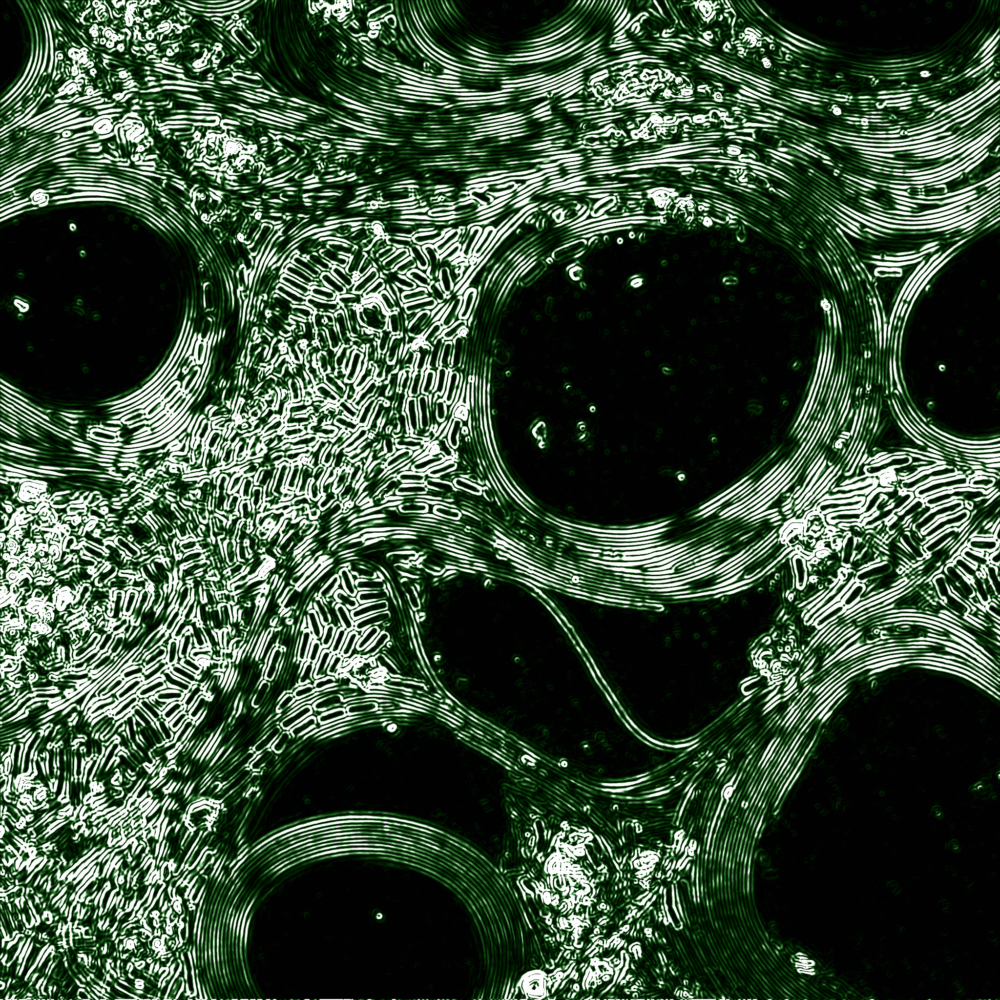 Agoria, “Hempire #7,” NFT, courtesy of the artist.
Agoria, “Hempire #7,” NFT, courtesy of the artist.
WW: How do you see that connection between AI systems and the collective systems that are found in nature? Your “Phytocene” project, for instance, really showcases that.
A: Nicolas Desprat, a researcher at Paris University, who built a microscope. We went to a hemp field, we put probes under the ground, and this microscope worked to see microorganisms growing—and this crazy thing. The scientists don’t know what it is. They still don’t know.
So we collected this, and we studied this, and what I love is that through an art idea, we got maybe what could become one day the first step of a scientific publication. Of course, it’s not a scientific publication yet, because to make a scientific publication you need to respect so many rules to make sure there is nothing interfering with this. Now they are thinking about what it could be and what it is.
In the meantime, from the probes we collected data of the ground and built a kind of software and managed to broadcast the sound of this field. This connection between the algorithm and the data, the more we work in this way, the more we go deep in this, we feel that it’s so correlated. The living system is mind blowing. The code is just a little part of it. I’m not an oracle, but the correlation is huge.
It’s so organized, so in architectural way, that we feel there is this system is so incredibly algorithmic. That’s what I mean, in this correlation.
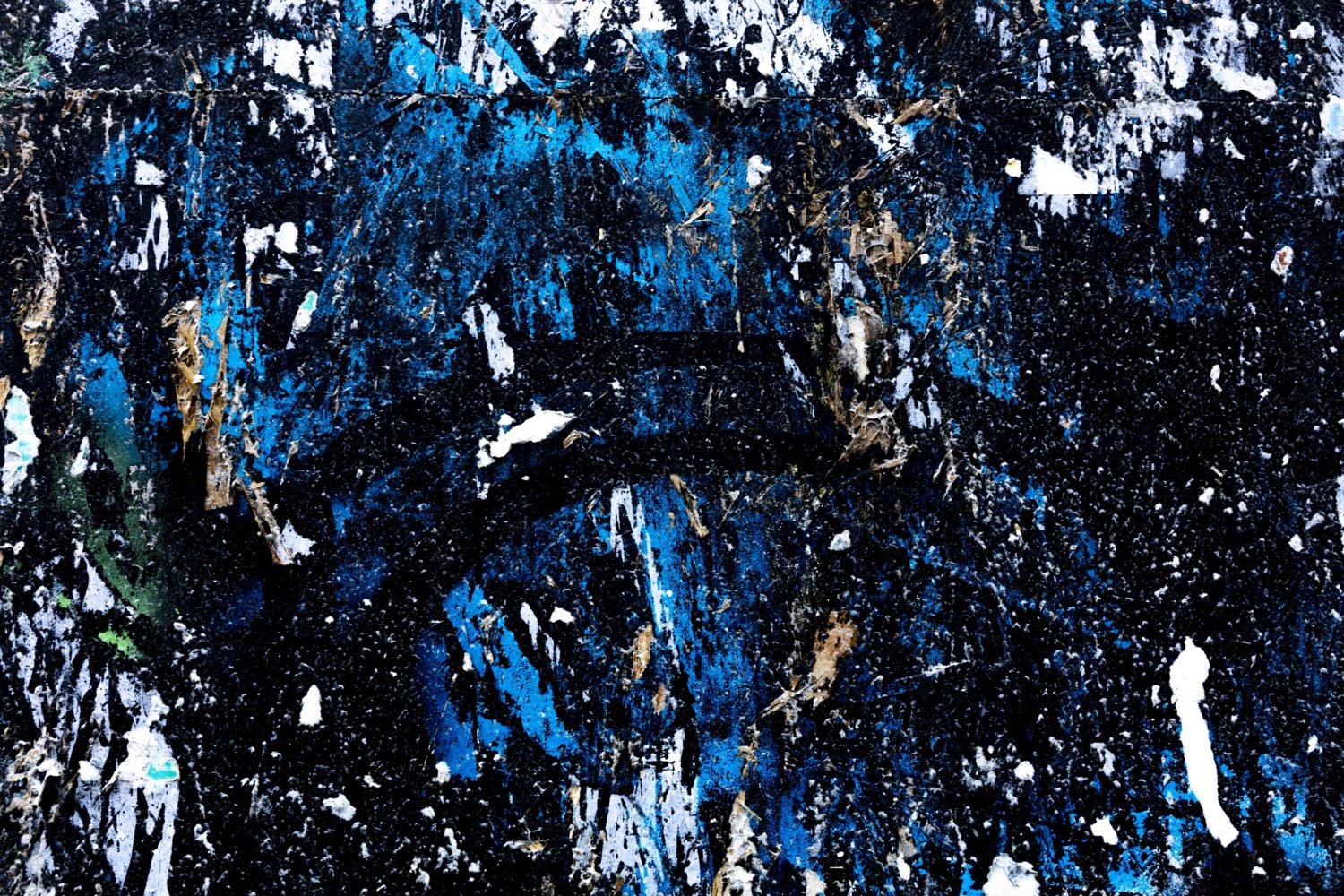 Agoria, “Compendia,” NFT, courtesy of the artist.
Agoria, “Compendia,” NFT, courtesy of the artist.
WW: And who would think that there was biomorphic mirroring in a computer algorithm.
A: This is it. Now I am working with the biologist Alice Meunier at the same university in CNRS, too. She developed a technique to film the centrioles of the brain, to like one 20,000 of a nanometer. It’s incredibly small, and it looks like space. This correlation between the biology, the hugely immensely very small stuff of the living is incredible.
WW: What do you like about collaborating with scientists?
A: For artists and scientists, we always say they are totally opposite, because we work with our intuition and we don’t care, in a way, if our intuition is right or wrong. Where scientists need to respect what other scientists did before. What has been proven is considered as fact. Their intuition needs to be verified. When scientists work with us, it’s like all their crazy ideas, all their crazy fantasies, we can realize them and we can concretize this in a piece of art without the pressure of the science community reading every single letter to make sure it’s right. I think for them, it’s also a way of experimenting with their own ideas to go further.
WW: Both scientists and artists are always asking questions, right?
A: It’s exactly that.
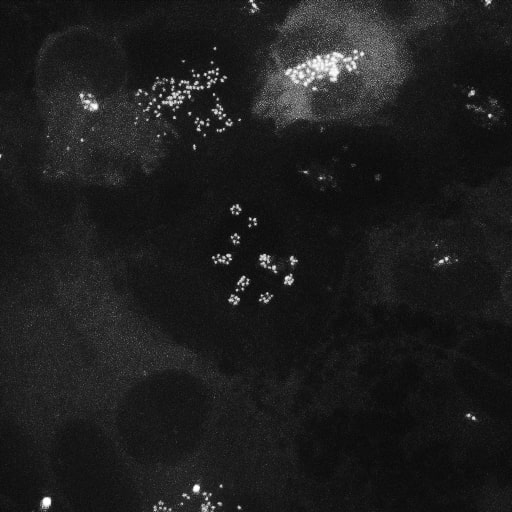 Agoria, “{Centriole} #1,” NFT, courtesy of the artist.
Agoria, “{Centriole} #1,” NFT, courtesy of the artist.






